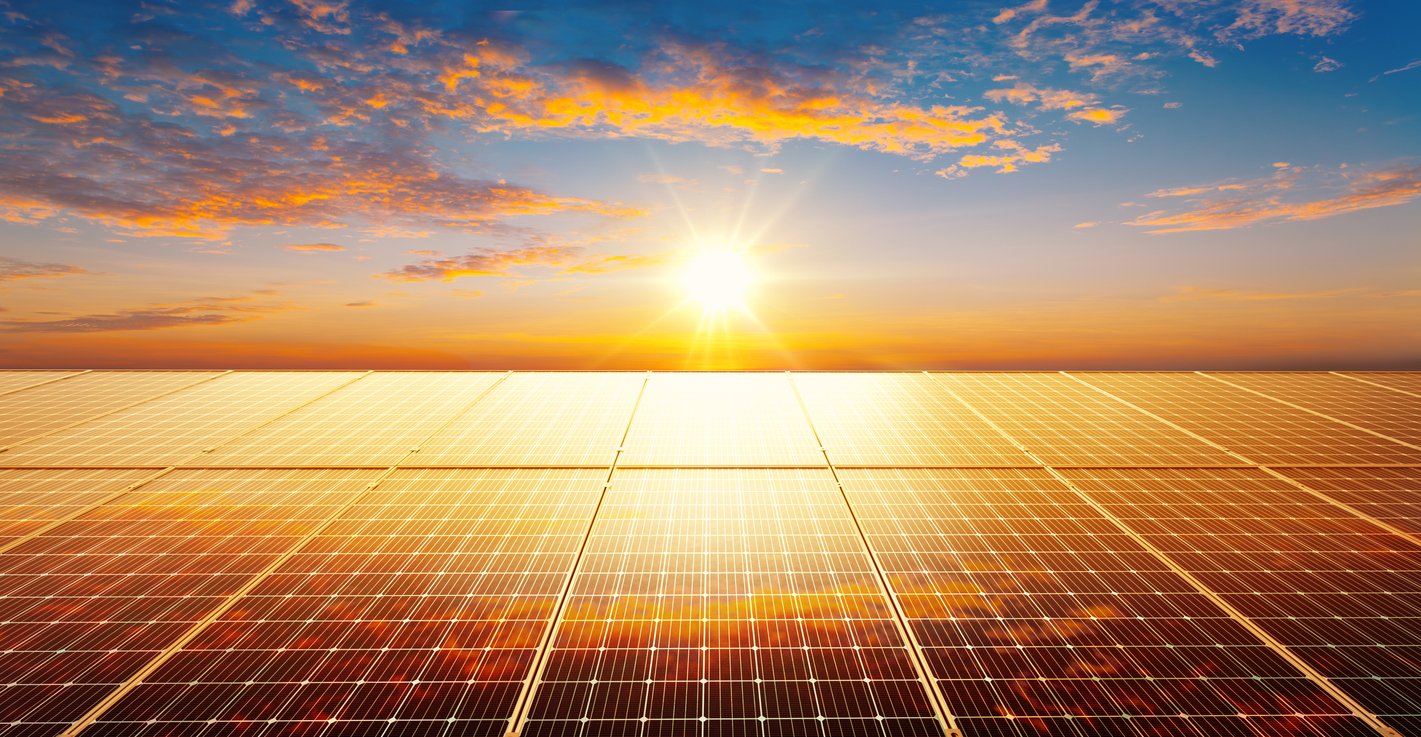
How Carbon Removal can help clean our air and cool our planet.
Our planet has natural assets like oceans, forests, soil, and mangroves that absorb carbon from the atmosphere and regulate Earth's temperature. These are also known as carbon sinks.
But nature is struggling to keep up with humanity's rising amount of carbon pollution. And practices like deforestation are weakening nature's ability to store some of this pollution.
Carbon dioxide removal (CDR) uses nature or machines to absorb carbon pollution either from a source on the ground, like a methane gas production facility, or from the atmosphere itself.

What is a 'virtual power plant?' Here's why experts are calling it the 'energy system of the future'
A Virtual Power Plant (VPP) pulls together energy from smaller-scale sources of energy — like rooftop solar, wind turbines, and residential electricity storage batteries — and combines it to create a larger clean energy network that can supply power to customers 24/7, explains Aurora Solar.
VPPs use software, which acts like a control room of a traditional power plant, to accomplish this. Read more on how.

The fuel of the future & Water Insecurity in South Africa’s Platinum Belt
Originally posted on the Wilson Center's New Security Beat
Hydrogen fuel is becoming a central pillar of global decarbonization strategies. The hype over green hydrogen (the “fuel of the future”) and its potential to provide an abundance of low carbon fuel to transportation and industry has enticed several major emitting countries to scale up its production. And a UN-backed initiative wants to achieve a 50-fold production increase in the next six years.
How will it happen? Mining for platinum group metals (PGMs), which are critical to unlocking green hydrogen’s potential. These metals are used as a catalyst in electrolyzers that use renewable energy to split water. Current platinum production only supports 3 gigawatts (GW) to 7 GW of manufacturing capacity. But present ambitions call for PGM production that will need to satisfy demands for 100 GW by 2030.
